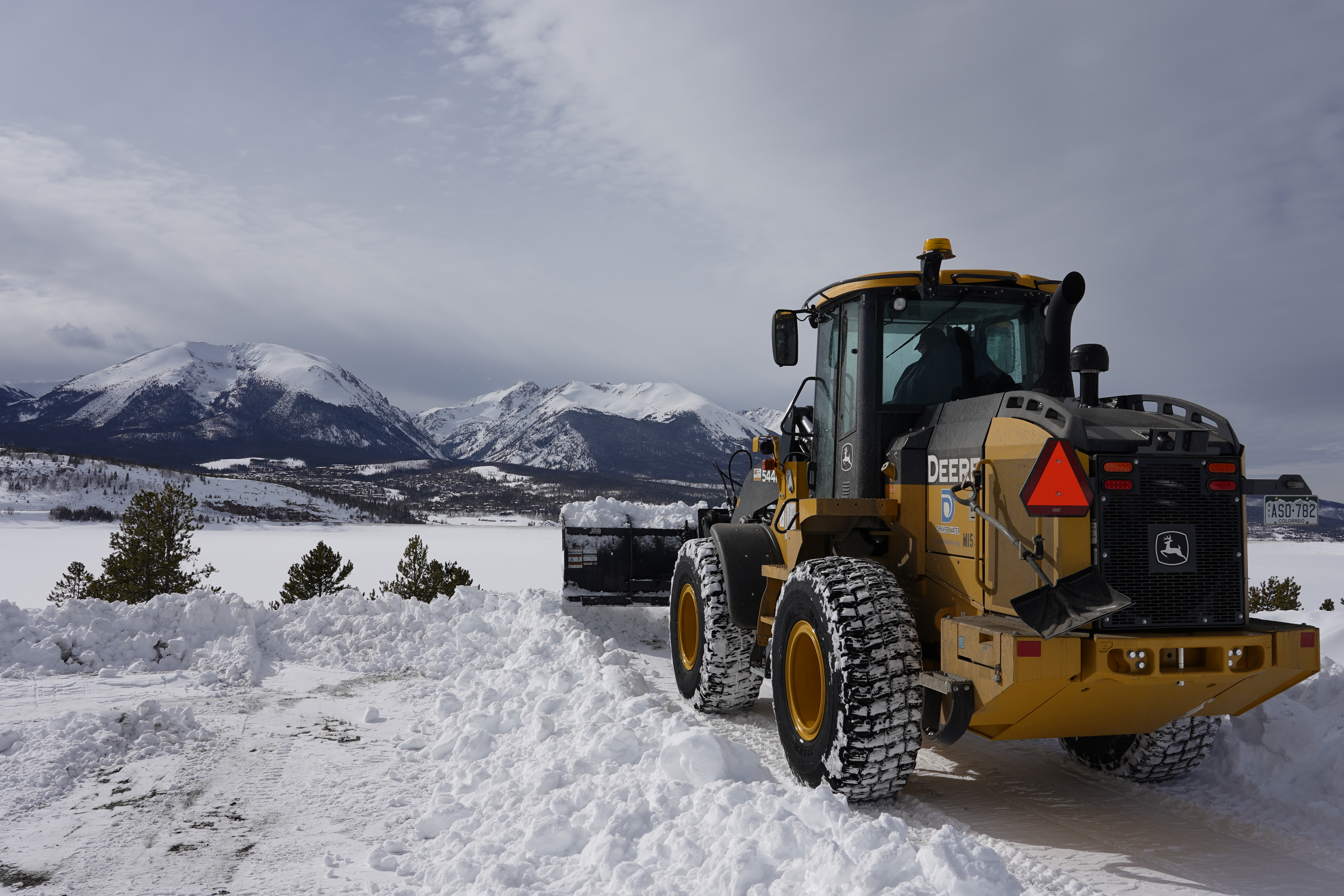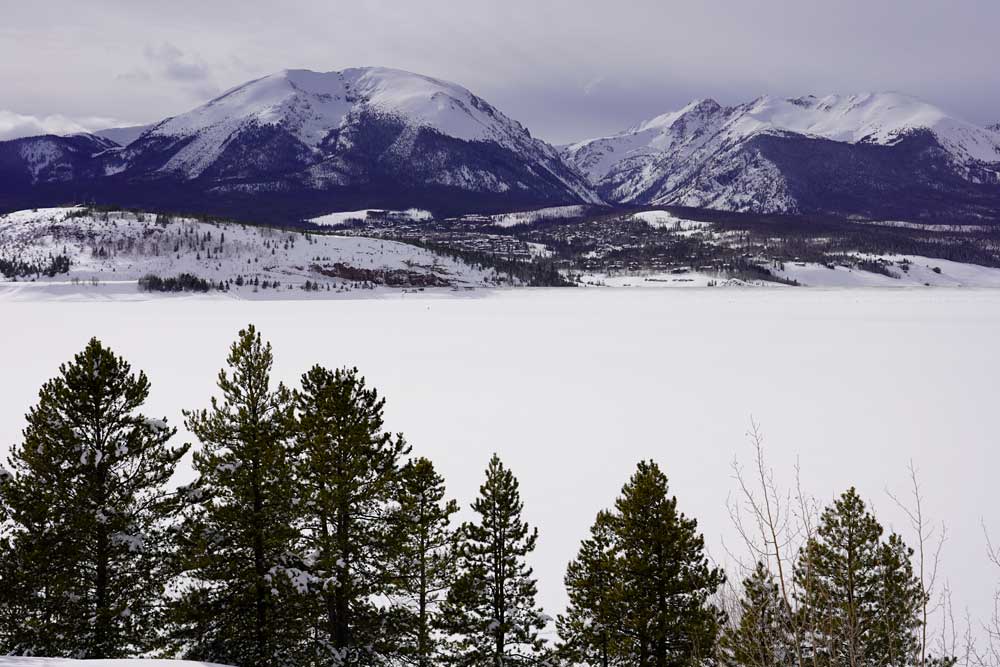
Living up to the snowpack hype
March is already living up to its moniker as one of Colorado’s snowiest months.
Typically in March, Denver Water’s Colorado River collection system receives around 2.9 inches of snow water equivalent, which is the amount of water in the snow.
But this year, due to repeated storms during the first seven days of the month, the area had already received 2.9 inches or 100 percent of the normal monthly accumulation.
“A general rule of thumb is that 12 inches of snow equals about 1 inch of water when it melts,” said Nathan Elder, Denver Water’s manager of water supply.
Learn more about the different types of snow in “Why we love juicy flakes (and you should, too!).”
As of March 7, the snowpack in Denver Water’s Colorado River collection system, which provides about half of Denver’s water supply, had reached 144 percent of normal. In Denver Water’s South Platte River collection system, where the other 50 percent of Denver’s water supply comes from, the snowpack was at 137 percent of normal.
And more storms are on the way!
But during this time of year, when the high country typically picks up a half inch of precipitation every week, one dry stretch can have a big impact on snowpack levels.
Read “Why big storms and deep snows don’t always equal full reservoirs” to learn more about why it is too early to declare victory for the 2019 runoff season.


